

Founders
Founder Profiles
Japan Port Consultants, Ltd. (JPC) was founded by Shigeru Samejima and Shizuo Kuroda.
We will present the profiles of the two founders and their accomplishments in their youth.
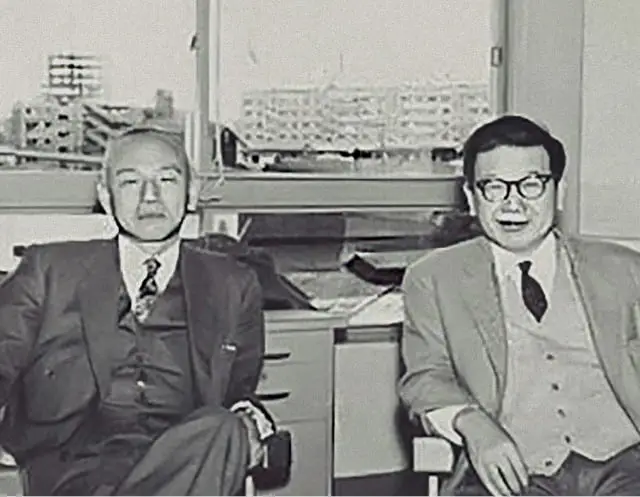
Shortly after the establishment of the Japan Port Consultants Association (May 1960)
Shigeru Samejima
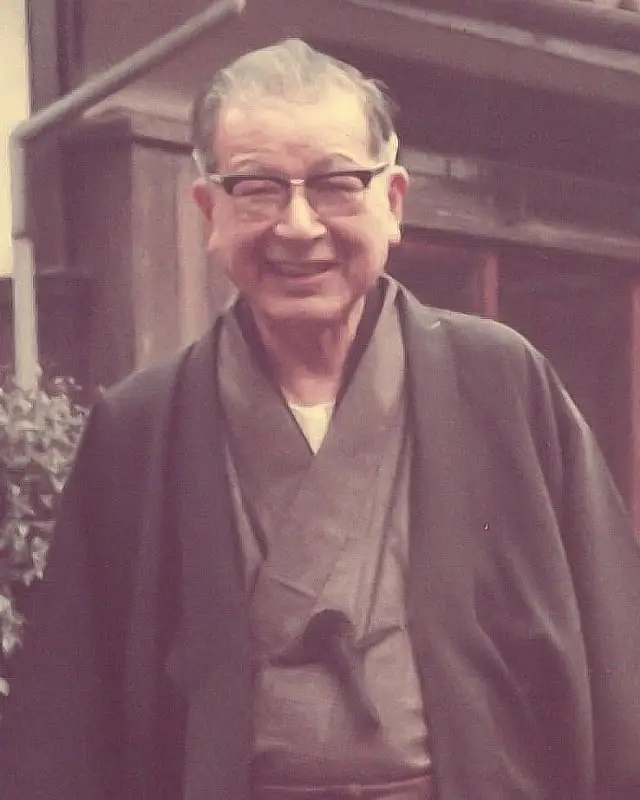
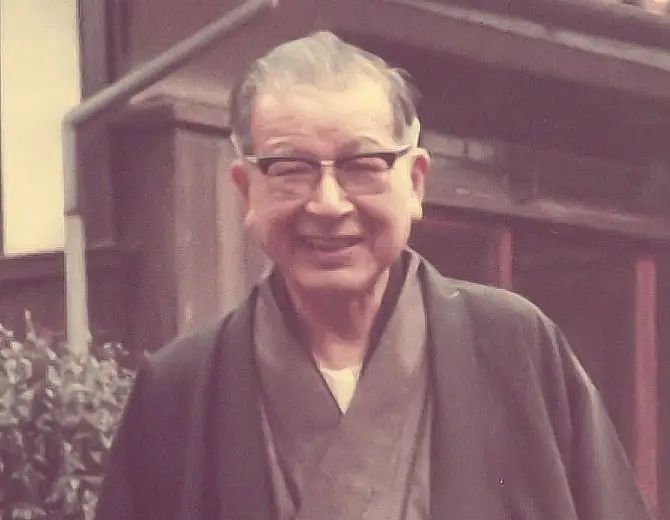
Profile
Born in Osaka in 1894, Samejima graduated from Tokyo Imperial University in 1917 and then worked at the Kobe Branch of the Temporary House Building Bureau of the Ministry of Finance.
In 1919, due to reforms of the work system, he was transferred to the Kobe Public Works Branch Office of the Home Ministry, where he continued to work in Kobe. In 1925, he made a one-year seven-month business trip to Europe and North America, where he visited the United States, the United Kingdom, France, Italy, Germany, the Netherlands, and Sweden.
He retired in the same year and began working as a freelance businessman the following year. After the war, he served as a director of the Ports and Harbours Association of Japan, a member of the Public Works Committee, a member of the International Cargo Handling Coordination Association, and an advisor to the Japan Highway Public Corporation, among many other organizations and committees.
In 1942, during the war, he was transferred to Sulawesi Island as Director of the Traffic and Public Works Bureau of the Office of the Navy's Civil Affairs Government-General. After returning to Japan in 1944, he participated in defense construction projects at the Ministry of the Navy and the Ministry of Munitions, and served as vice chairman of the Japan Society of Civil Engineers in 1945.
He retired in the same year and began working as a freelance businessman the following year. After the war, he served as a director of the Ports and Harbours Association of Japan, a member of the Public Works Committee, a member of the International Cargo Handling Coordination Association, and an advisor to the Japan Highway Public Corporation, among many other organizations and committees.
In 1959, he founded the Japan Port Consultants Association, and in 1961, he and Shizuo Kuroda founded Japan Port Consultants, Ltd. (JPC).
He died in 1980 at the age of 86.
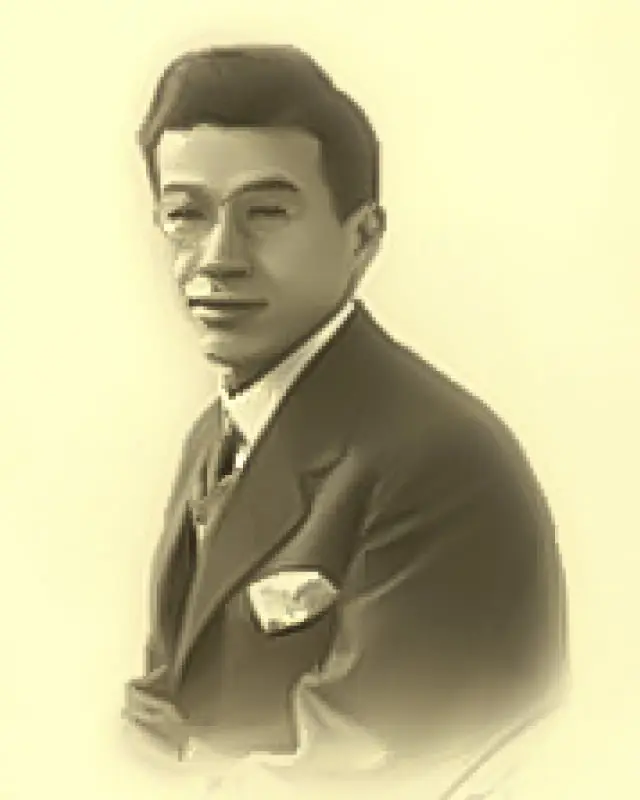
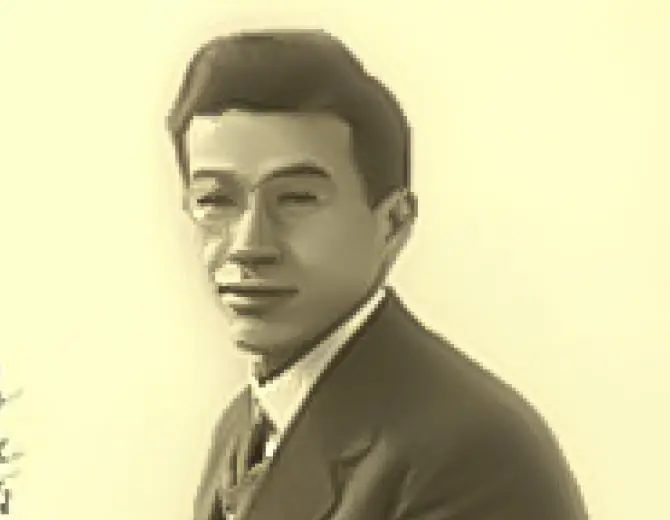
His Youth
After graduating from Tokyo Imperial University in 1917, Samejima was assigned to the Kobe Branch of the Temporary House Building Bureau of the Ministry of Finance (he was later transferred to the Kobe Public Works Branch Office of the Home Ministry due to reforms of the work system).
At this time, Morigaki Kiichiro, the first person in Japan to use the caisson construction method, led the Kobe Port repair work as the site supervisor.
As Morigaki's subordinate, Samejima learned design and construction techniques for various port facilities, including quays, breakwaters, machinery, and ships.
Also, damage to the wooden retaining structure of the caisson was so extensive that it became useless after five or six uses, so he introduced Japan's first steel retaining structure, which was a great success.
In 1927, he returned to Japan after a one year seven-month tour of ports and harbors in Europe and North America, and became the chief engineer of the Yokohama Public Works Branch Office.
With the clear design concept that "sacrificing permanent conditions for the sake of temporary convenience during construction is a complete reversal of the original intent," he pioneered the introduction of large caissons, large precast buttresses, and large cylindrical structures, even before Europe and the United States. Also, he was a leader of the times for the modernization of port engineering work, such as by implementing earthquake-resistant structural measures and using large machinery, and for economical construction. He also made full use of innovative structural forms and new construction methods to carry out the construction of the outer breakwater, the Yamashita-cho large pier expansion, and the 10-meter quay wall construction at the tip of the town of Mizuho.
In 1933, when the Empress of Britain, a British-registered ship, suffered damage to her bottom during a voyage to Japan, there were no large docks in Japan at the time to allow her to dock and be inspected, so she had to be returned to Hong Kong for repairs. In the same year, he published a paper entitled "On the Present Situation of Japanese Repair Dockyards and Its Corrective Measures," in which he advocated for the need to build large docks in Japan.
Shizuo Kuroda
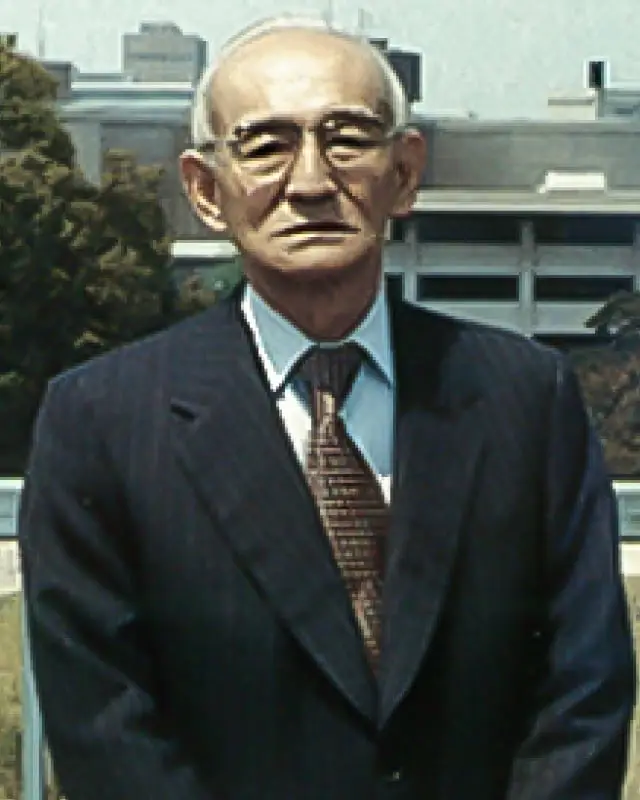
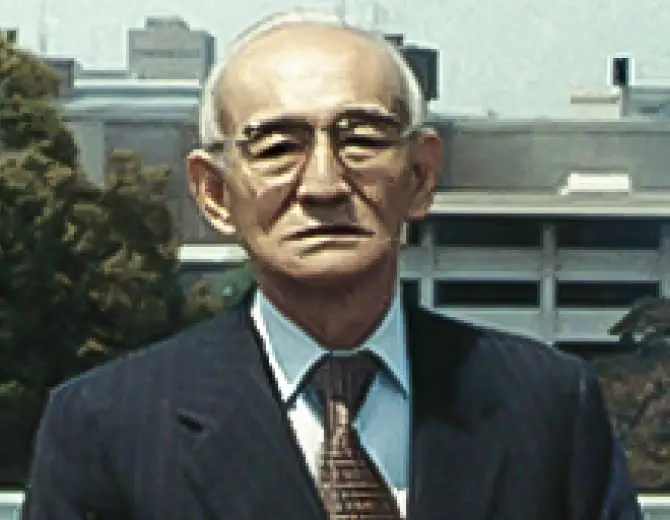
Profile
Born in Shizuoka city in 1903, he graduated from Tokyo Imperial University in 1926 and worked at the Shimizu Port Reconstruction Office of the Home Ministry.
In 1928, he started working at the Yokohama Port Reconstruction Plant No. 2, where he met Shigeru Samejima.
In 1935, he and Samejima prepared the Shimizu Port Earthquake Restoration Plan, and in 1936, he became the chief engineer of the Shimizu Port Reconstruction Office, where he conducted the earthquake restoration work.
In 1937, he also served as chief engineer of the Yokohama Port Reconstruction Office.
In 1938, he worked at the First Ship Transport Command of the Army Ministry, and in 1939, he was transferred to the Public Works Bureau Engineering Section of the Home Ministry, and in 1940, to the East Asia Development Board. In 1943, the government system was revised, and he became an engineer in the Ministry of Transport and Ministry of Communications, and then Director of the Planning Section of the Ports and Harbours Bureau. In 1946, he became Director of the Construction Department of the Fourth Port and Harbour Construction Bureau, and in 1947, Director General of the Tokai Marine Transport Bureau, and in 1950, Director General of the Ports and Harbours Bureau. As a representative of the Japanese government on the Japan-U.S. Joint Commission Special Committee on Facilities under the Japan-U.S. Security Treaty, he was responsible for the signing of agreements regarding the use of port facilities.
In 1955, he resigned as Director of the Port Authority and became a member of the Port Council, as well as a member and advisor to private companies, associations, and local governments.
In 1959, he founded the Japan Port Consultants Association, and in 1961, he and Shigeru Samejima founded Japan Port Consultants, Ltd. (JPC).
He died in 1986 at the age of 83.
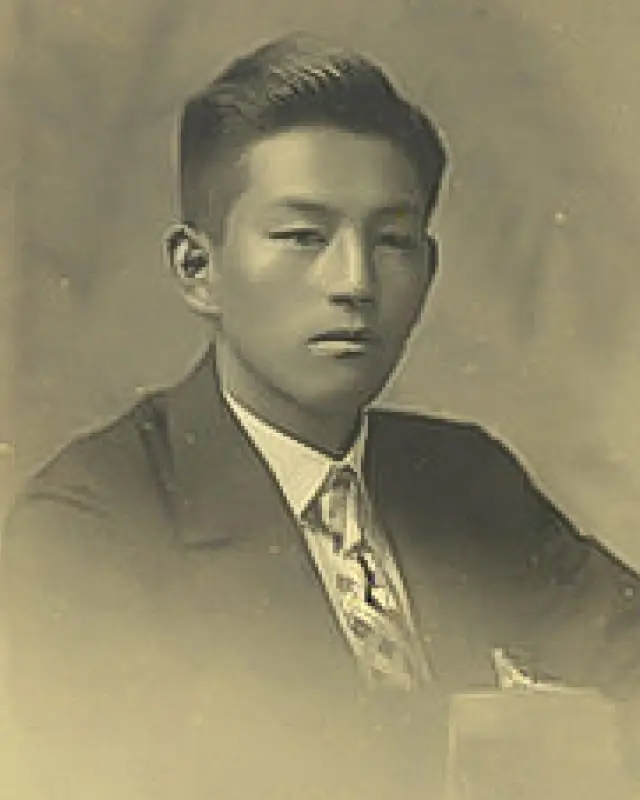
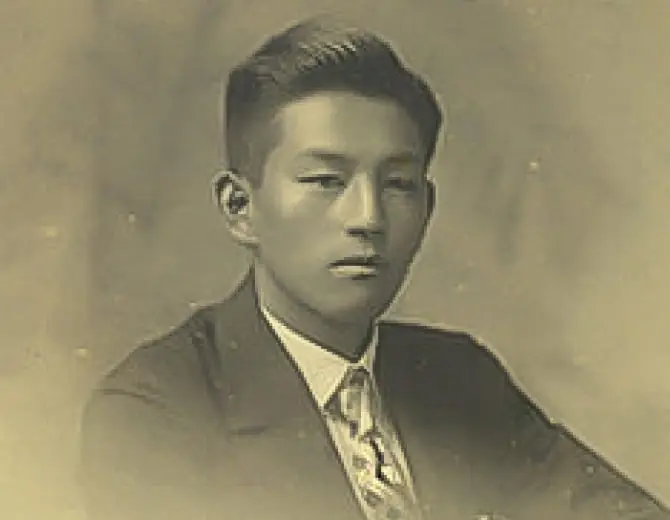
His Youth
Kuroda graduated from Tokyo Imperial University in 1926.
He was assigned to the Shimizu Port Reconstruction Office of the Home Ministry.
In 1928, he was assigned to the Yokohama Public Works Branch Office, and worked directly under Shigeru Samejima, who was the chief engineer of the branch office at that time.
Kuroda worked in the third phase expansion of the Port of Yokohama, which was underway at the time with Samejima at the head of the project, and he participated in the construction of the outer breakwater, the Yamashita-cho large pier expansion, and the 10-meter quay wall at the tip of the town of Mizuho.
In this expansion work, for the cylinder filling that joins the hollow cylinder section of the cylindrical structure of the large pier that was built onshore with the long piles of the foundation, Kuroda and others devised a new construction method for shortening the construction period whereby an airlock for the pneumatic caisson construction method was mounted on the top of a cylinder for feeding pneumatic pressure that discharges the seawater in the cylinder from the bottom end to make it dry for placing concrete, instead of the conventional method of placing concrete by pouring underwater concrete at the bottom and waiting for it to harden before removing the seawater in the upper section to make it dry.
The gravity-type mooring wharf at Shimizu Port was damaged by the Izu Earthquake of 1935.
As the person in charge of the earthquake restoration work, Kuroda became the chief engineer of the Shimizu Port Reconstruction Office and prepared the restoration plan and carried out the construction work. The construction method was to increase the active resistance of the bottom of the caisson, strengthen the tie rods and anchorage work, and reduce the backfill earth pressure by grouting (a method of filling cracks and crevices with mortar), and so the work was a creative collaboration with Samejima. The Shimizu Port's quay walls were almost undamaged from the Tonankai and Mikawa earthquakes, and this construction method was also used in the earthquake restoration work at the Kushiro Port after the Tokachi-Oki earthquake.
In 1937, he published a report, "A Proposal for Yacht Harbors," which predicted the advent of the maritime leisure age.

